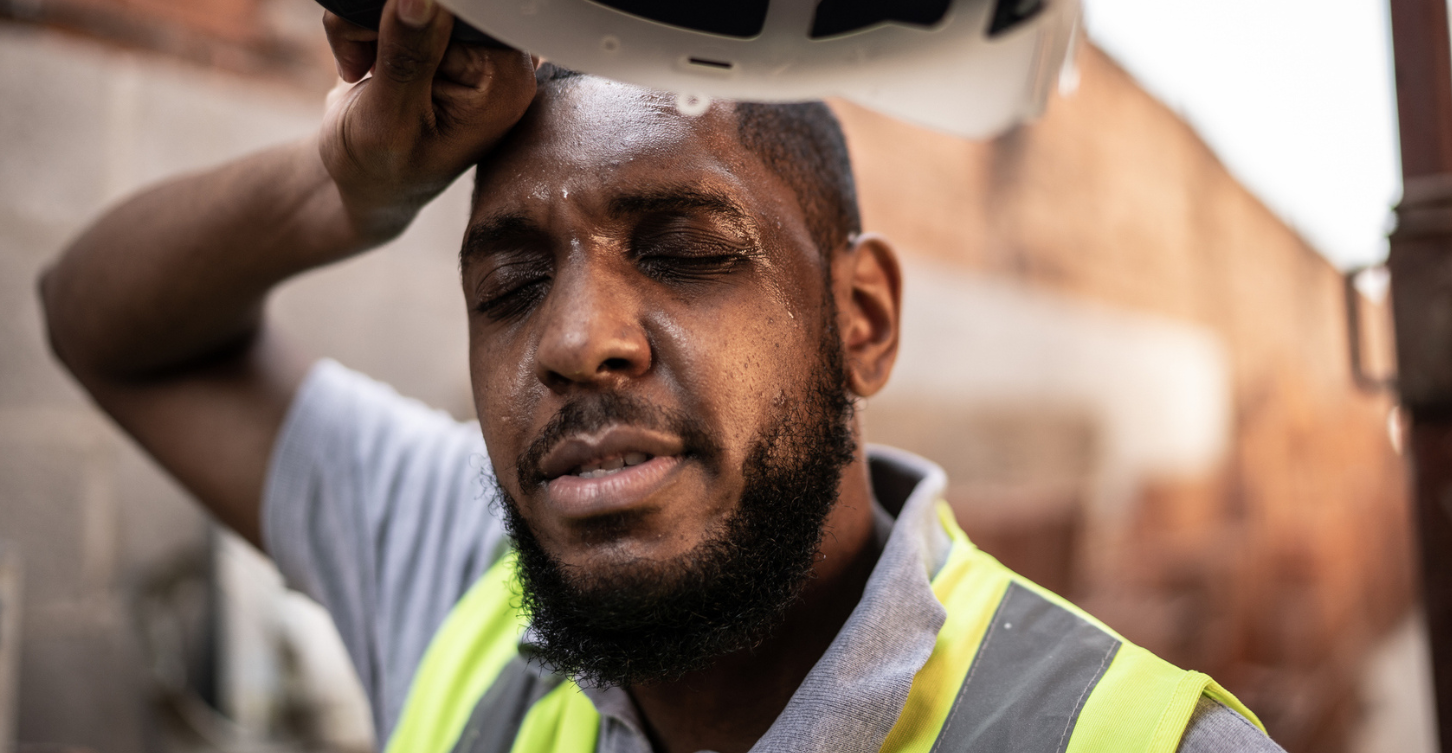An Emergency Medicine Physician’s Advice for Staying Safe from Heat Stroke
June 25, 2025
Categories: Emergency, Emergency Medicine, Healthy Living
Florida is hot — and that’s no surprise. But many people don’t realize that heat stroke can happen here any time of year. As an Emergency Medicine Physician at Tallahassee Memorial HealthCare (TMH), I see patients with heat-related illnesses well outside of the summer months. Heat stroke isn’t just about high temperatures; it happens when the body’s core temperature becomes too high and it loses the ability to regulate itself.
Humidity, dehydration, strenuous activity and certain medical conditions all play a role — and those factors don’t go away just because it’s not July or August.
Who’s Most at Risk for Heat Stroke in Florida?
Several groups of people are more vulnerable to heat stroke:
- Older adults — They often have more difficulty regulating their body temperature.
- Children — Their smaller body size and less developed thermoregulatory systems make them more susceptible.
- Athletes — Especially those doing intense physical activity in hot, humid conditions.
- People with chronic illnesses, like heart or lung conditions, are at greater risk.
- Individuals with obesity — They can have a harder time dissipating body heat.
- Patients on certain medications — Diuretics and antidepressants can interfere with temperature regulation.
- Outdoor workers — Like those in construction or landscaping, who are exposed to heat for long periods.
Symptoms of Heat Stroke
Knowing the signs and symptoms of heat stroke are very important for anyone living in a warm area like Florida. Heat stroke can become severe and even life-threatening if not treated quickly.
Key symptoms include:
- Body temperature over 104°F
- Confusion, agitation, slurred speech or loss of consciousness
- Hot, dry skin
- Rapid heart rate
- Nausea or vomiting
- Throbbing headache, dizziness, or feeling faint
What to Do if You or Someone Else Has Heat Stroke
If you suspect heat stroke, it’s crucial to immediately call for emergency assistance and try to get to a cooler location. Remove any unnecessary clothing to help your body cool down more efficiently. Cooling methods — both active and passive — should be used to bring your temperature down.
Drink cold water if you can. Apply ice packs to areas like the neck, armpits, and groin — these help cool the body’s core. If a cool bath is available, that’s a good option, too. Hydration is key. Do your best to stay alert until help arrives.
How to Prevent Heat Stroke in Florida’s Intense Heat
Plan your strenuous activities for early in the morning or later in the evening when temperatures are lower. Also, wear lighter-colored clothing — it absorbs less sunlight and helps keep you cool.
You should always carry cold water with you to prevent dehydration. And, if you’re outside during the hottest parts of the day, don’t be alone — it’s important to have someone nearby in case you start feeling unwell.
Innovative Tools for Heat Stroke Prevention and Treatment
Yes, several technologies are helping us prevent and manage heat stroke better. Cooling vests can lower body temperature in those who are especially vulnerable. In hospitals, we now have cooling blankets that circulate chilled fluids around the patient’s body to bring the temperature down quickly and safely. There are also portable cooling units you can use outdoors and wearable devices that give real-time feedback and alert you when your body needs cooling.
Stay Safe and Cool in Florida
An ounce of prevention really is worth a pound of cure. Stay hydrated. Wear light-colored clothes. Don’t go it alone if you’re going to be in the heat. These small steps can make a big difference — and help you stay safe while enjoying everything Florida has to offer.
We hope you have a cool and safe summer—and we hope we don’t see you in our emergency department suffering from symptoms of heat stroke. But if you need us, our team at Bixler Trauma & Emergency Center or Emergency Center—Northeast is ready.

